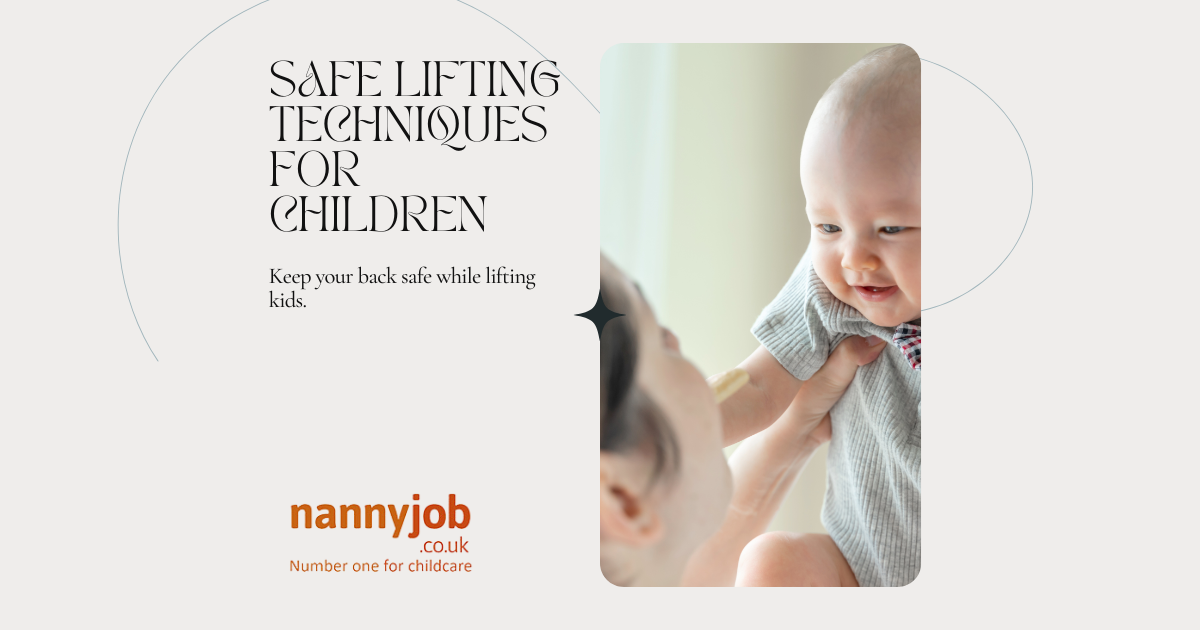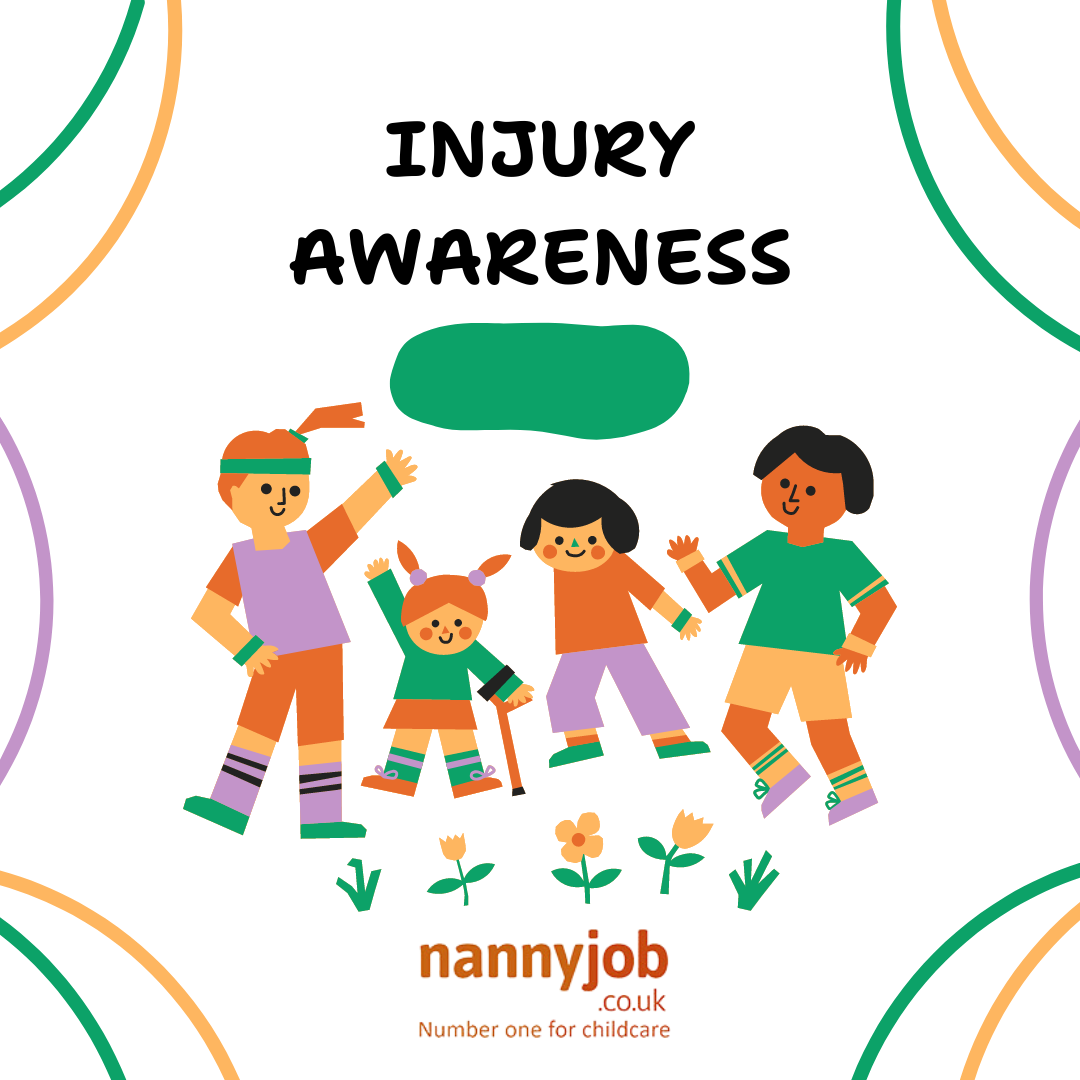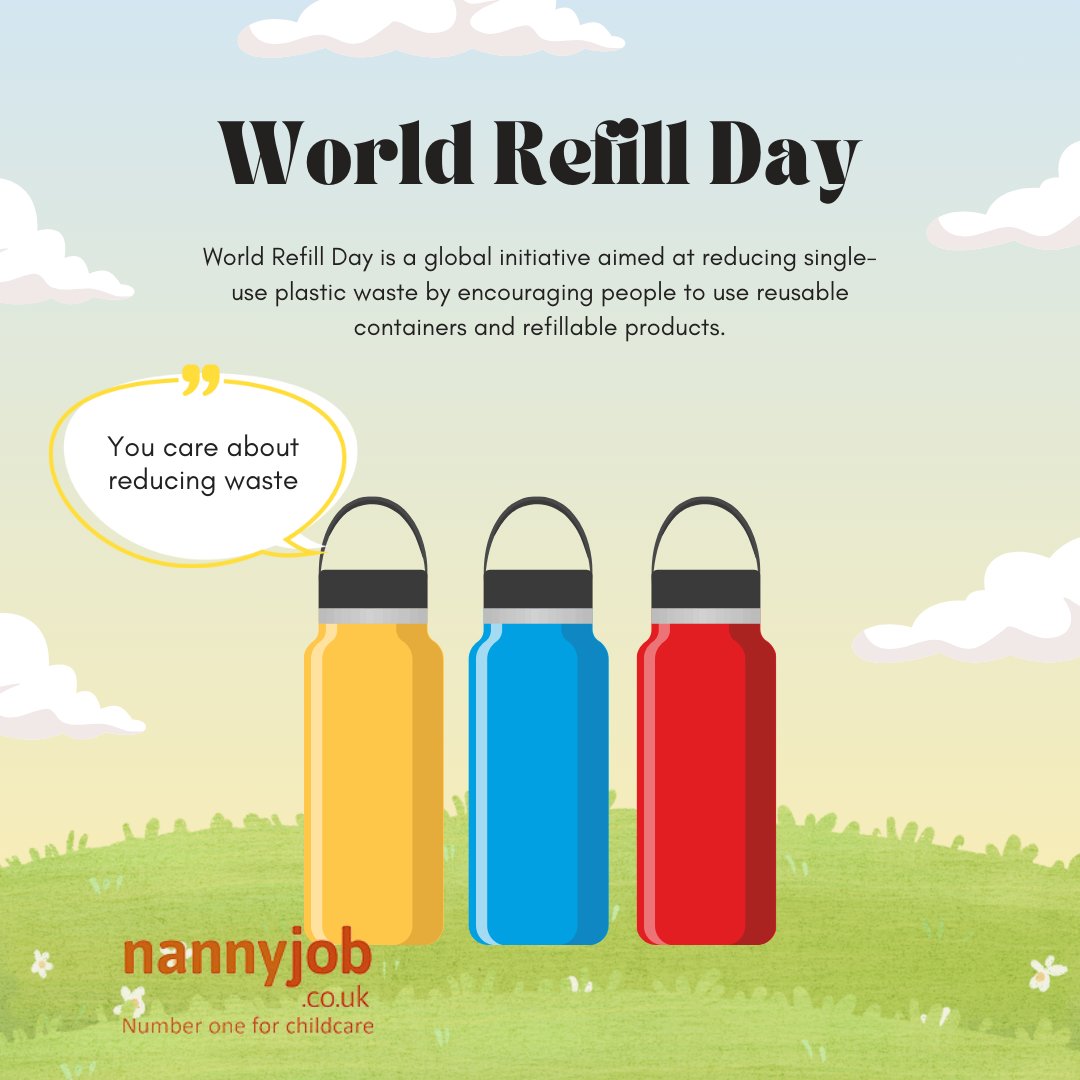Introduction
Back Awareness Week is a reminder of the importance of taking care of our backs, especially for parents, nannies, and childcarers who often lift and carry young children throughout the day. Improper lifting techniques can lead to back strain, discomfort, or even long-term injuries. Here’s how you can protect your back and safely lift and carry children to prevent unnecessary strain and maintain good posture.
1. Practice Proper Lifting Techniques
When lifting a child, remember to bend at the knees, not at the waist. Keep your back straight and use the strength of your legs to lift, rather than putting all the strain on your lower back. Hold the child close to your body as you stand up, keeping your core engaged.
2. Avoid Twisting Movements
Avoid twisting your back while lifting or carrying a child. Instead, turn your whole body by pivoting your feet. Twisting while lifting can put unnecessary pressure on your spine and lead to injuries.
3. Use Baby Carriers or Slings Correctly
If you use baby carriers or slings, make sure they are ergonomically designed and provide adequate support for both your back and the child. Adjust the carrier so the child is at a comfortable height and weight distribution is balanced. When using slings or wraps, ensure they are tied securely and that your child’s weight is evenly distributed.
4. Maintain Good Posture
Pay attention to your posture when holding a child. Avoid slouching or leaning to one side. Keep your shoulders back and chest open, and engage your abdominal muscles for added support.
5. Take Regular Breaks
If you’re carrying a child for an extended period, take regular breaks to stretch and rest your back. Use supportive seating when possible and avoid carrying children on one hip for long periods, as it can cause imbalances and strain.
Conclusion
Taking care of your back is crucial, especially for those who lift and carry children frequently. By using proper techniques and maintaining good posture, you can reduce the risk of back injuries and keep yourself healthy and strong for years to come.








